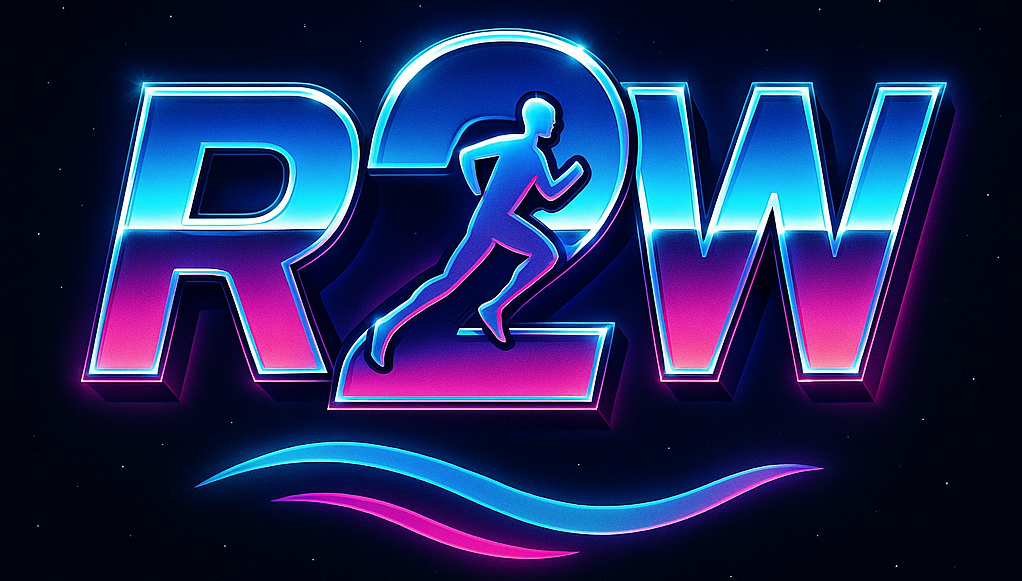Running long distances like marathons isn’t just about endurance; it’s about fueling your body right. Endurance sports demand a strategic intake of nutrients to keep energy levels steady and your muscles fueled. Carbs are your primary energy source, breaking down into glucose that powers your muscles. Protein’s vital, too, not just for muscle repair but to prevent energy crashes by slowing glucose release. Don’t forget fats – they’re essential for longer-lasting energy, especially during extended runs.
Timing when you snack is just as crucial as what you snack on. Eat too soon, and your body’s busy digesting instead of delivering energy right when you need it. Wait too long, and you risk hitting the dreaded ‘wall’ – that wave of fatigue and burnout. Planning your snacks around the intensity and duration of your run can make a world of difference.
Here’s a tip: don’t overwhelm your digestive system. Overeating can have you heading for the nearest bathroom instead of the finish line. Finding that balance – the perfect snack at the perfect time – is a personal journey and takes some trial and error. Remember, every runner’s body responds differently, so listen closely to yours.

Personal Insights: Mark Humphries on Food Experiments
Having run my fair share of marathons, half-marathons, and even tackling the beast that is the Ironman triathlon, I’ve learned a thing or two about my body and food. Each race taught me more about how different foods can seriously rock your world or leave you running for the bathroom.
Protein bars are a great example. They’re not all created equal. Some made me feel like I swallowed a brick, and others had me eyeing the nearest porta-potty. It turned out to be this crazy balancing act of figuring out what my stomach could handle alongside other foods. That’s why jotting down what I ate, when I ate it, and how it made me feel was super helpful.
Over time, I discovered the hard way that eating too much before or during a race was just as bad—if not worse—than eating too little. It’s tricky because everyone’s mix and match of foods and tolerances are unique. What works for one runner may backfire for another.
After a grueling run, how I refuel is key. I’ve found protein becomes a best friend for recovery—it gets me back on my feet and training much faster. Experimenting and recording results isn’t just good advice; it’s a real game changer in crafting a personal fueling strategy.
Top Snack Recommendations for Endurance Athletes
While food experimentation is the key to discovering what works best, here’s a starting lineup of snacks that have powered many a run, including my own. Each snack combines energy-boosting nutrients that cater to different tastes and preferences.
Trail mix is a fan favorite. Toss in some dried fruit, nuts, maybe a few pretzels or soybeans for that sweet-salty crunch, and you’ve got a portable snack bomb offering carbs and healthy fats.
Another go-to is the classic peanut butter and jelly sandwich or wrap. It’s deliciously simple, providing a solid carb base with energy from protein and fat to boot.
Energy bars shouldn’t be overlooked either. Look for those with a good balance of carbohydrates and proteins. Just like I learned, keep an eye on how your body handles different brands.
Don’t underestimate a handful of salted nuts mixed with pretzels. They provide not just fuel but also important electrolytes, crucial when you’re sweating buckets on the trail.
Lastly, if savory is more your jam, pita bread with hummus can give you a consistent energy release throughout your run. Hummus provides protein and healthy fat, while the pita offers carbs for quick energy.
Feel free to mix these options and find your perfect blend. Remember, the variety in your snack choices can keep your taste buds happy, while giving your body the fuel it needs.
Crafting Your Perfect Fueling Strategy
Experimentation is key when it comes to creating a fueling strategy that works for you. It starts with trying out different pre-run and mid-run snacks to see how your body responds.
Don’t be afraid to test the waters and make a few mistakes along the way. Trust me, learning from trial and error can guide you in tailoring your diet to perfectly align with your athletic needs.
A solid start would be a carbohydrate-rich breakfast loaded with complex carbs. Whole grain cereals, breads, or pasta can fuel your body over those long distances without burning out halfway through.
Post-run meals demand a focus on proteins to speed up recovery. Incorporating lean meats or plant proteins like lentils ensures your muscles repair ready for the next session.
When it comes to avoiding gastrointestinal distress, keep clear of fried, fatty, or excessively sugary foods before a run. Every runner’s gut reacts differently, so take time to find foods that work for you. Notice which snacks lead to a seamless run and which ones throw a wrench in your plans.
Now it’s your turn to take action. Start logging your food intake, monitor your runs, and adjust accordingly. Approach your journey with flexibility, always ready to tweak and tailor what fuels your feats on the track.

